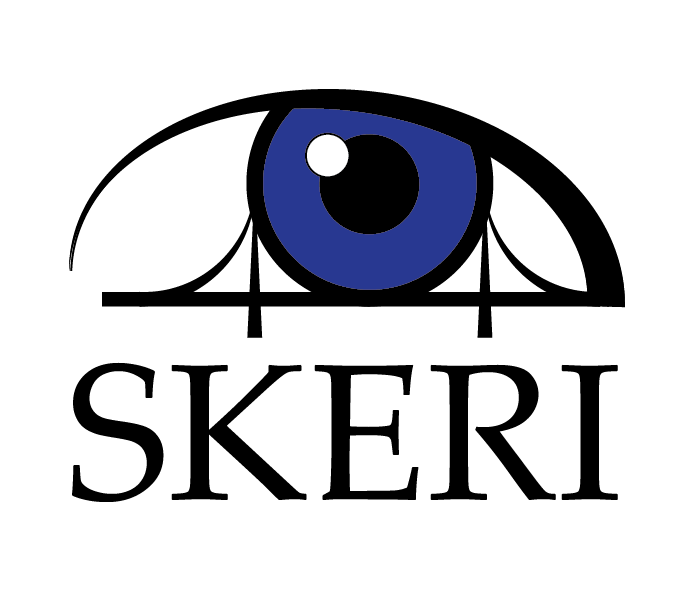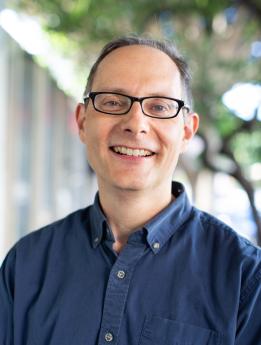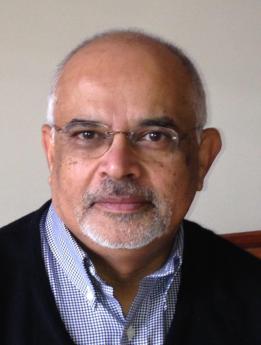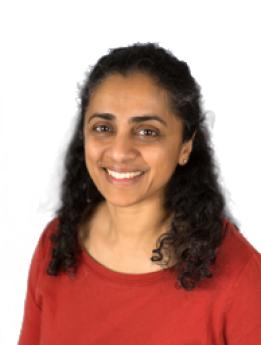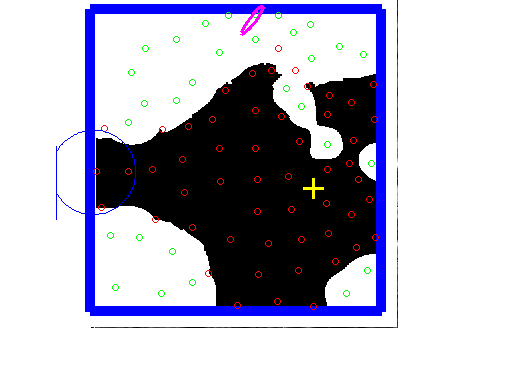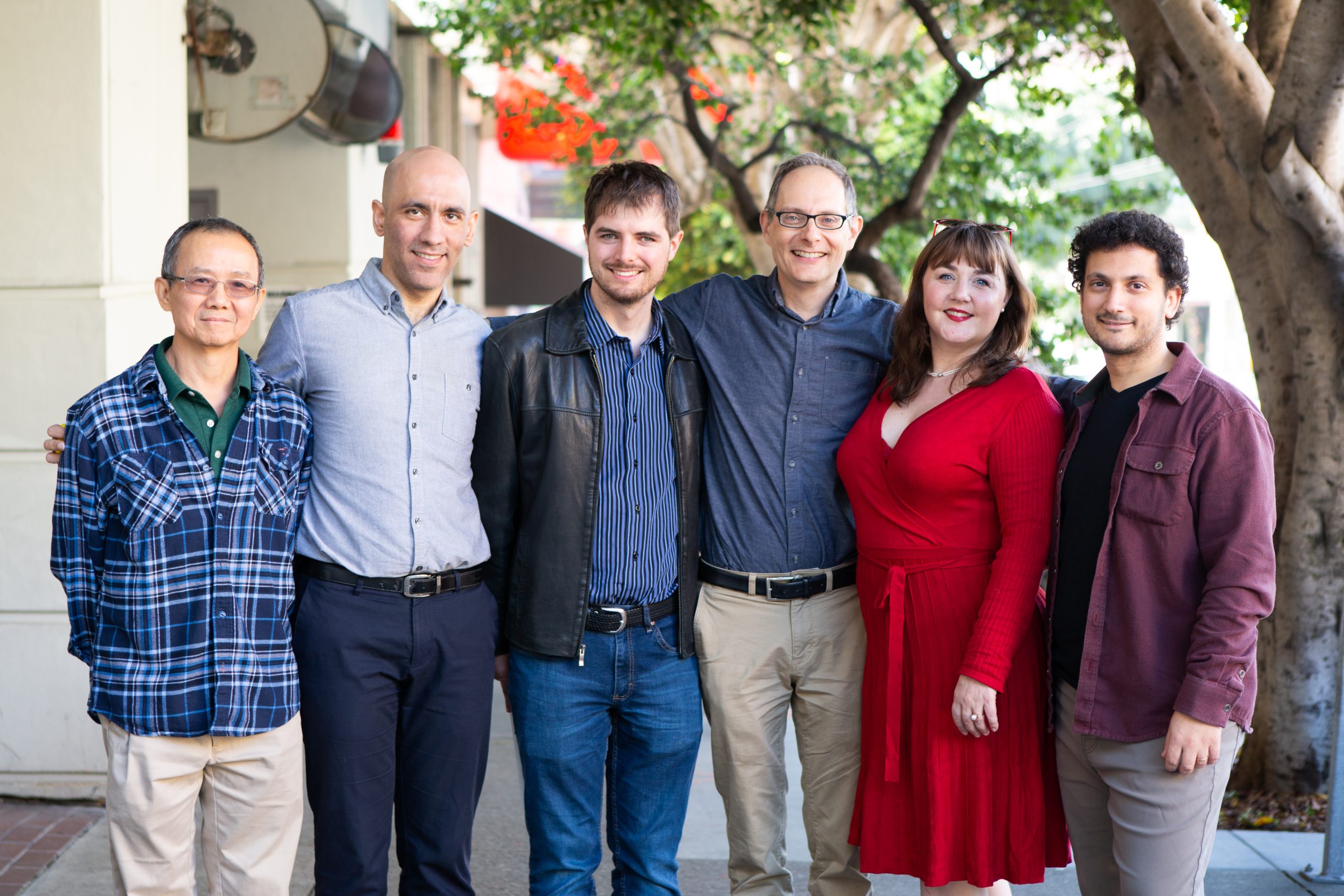Mentors Mentors…
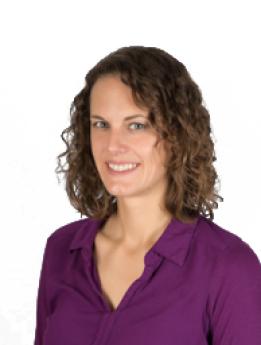
Senior Visual Experience Engineer,
Apple, Inc.
Dr. Walker completed her BS in Chemical Engineering at MIT and PhD in Vision Science at UC Berkeley. At Berkeley, she studied with Dr. Jitendra Malik using psychophysics to validate computer vision algorithms. During her postdoctoral training with Drs. Preeti Verghese and James Coughlan at Smith-Kettlewell, she developed a computational model of eye movements and continued to apply and develop these models to predict how changing eye movements can improve vision for people different retinal diseases as a PI at SKERI. Her most recent project examined the impact of central vision loss on eye-hand coordination, with the ultimate goal to take what is learned in the laboratory and translate it into low vision rehabilitation therapies.
Links:
Mentorship Period:
January 2003 - January 2006Publications
Journal Articles
Conference Papers
Presentations/Posters
Other Publications
Mentors
Trainees
Past
Collaborators
Projects
Completed

Parafoveal Crowding
Crowding increases with eccentricity, and is most readily observed in the periphery. During natural, active vision however, central vision plays an important role. Measures of critical distance to estimate crowding are difficult in central vision, as these distances are small.
